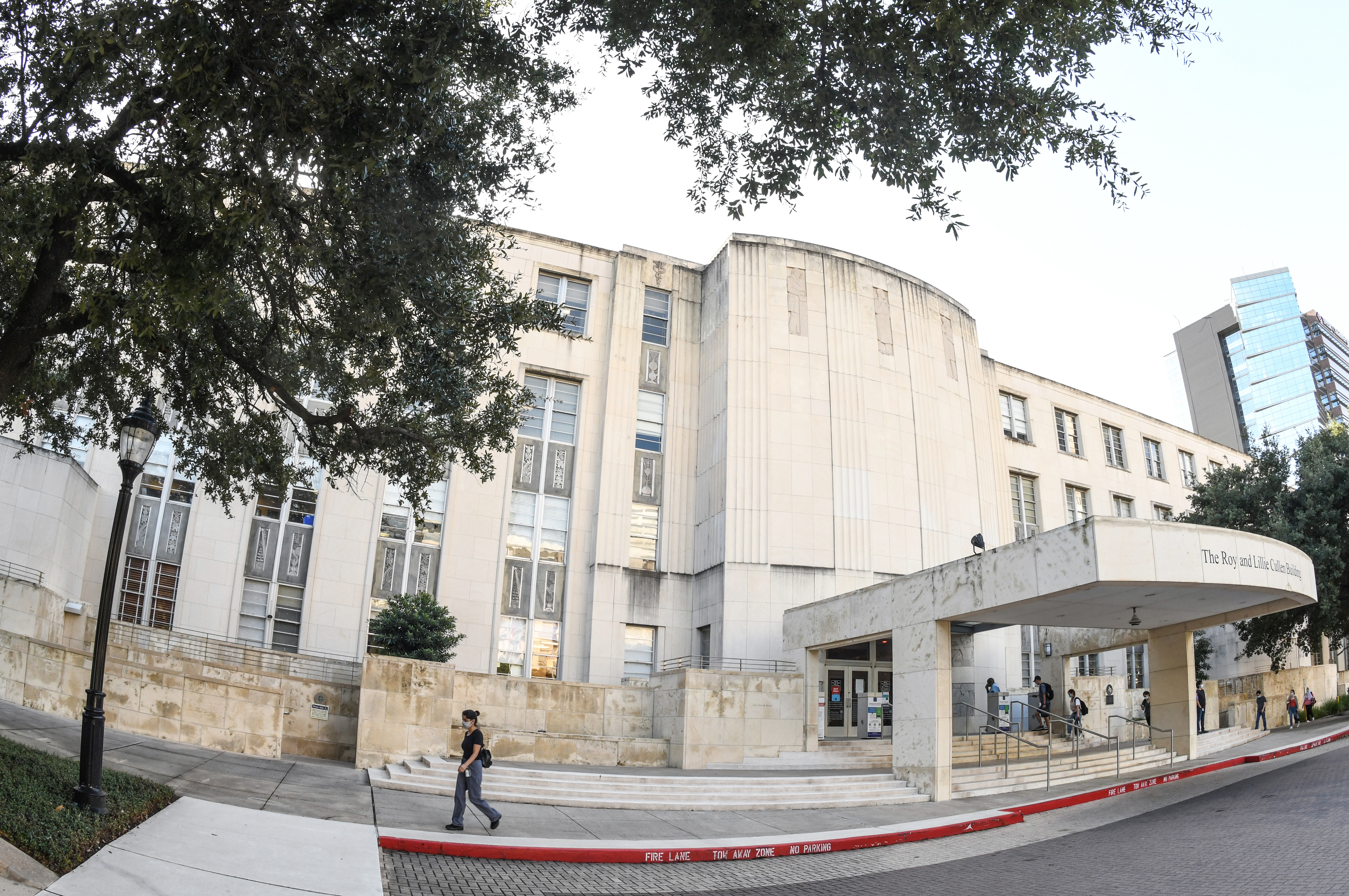Conservationists have encountered the vulnerable at (on Barkandji country) in the Murray-Darling basin, more than 100 km south of where the mouse was last recorded in NSW. The discovery confirms a significant expansion of the species’ range in the state.
The Dusky Hopping Mouse, considered one of Australia’s most attractive rodents, was spotted opportunistically by Daniel Burton, Australian Wildlife Conservancy (AWC) Sanctuary Manager. Daniel was conducting routine feral predator control 10 metres outside the northern boundary of the sanctuary’s 8,000-hectare fenced area, when the little critter sprinted by.
The Dusky Hopping Mouse was presumed extinct in NSW until 2003, when a population was discovered in Sturt ³Ô¹ÏÍøÕ¾ Park in the north west corner of the state. Since then, sightings of the Dusky Hopping Mouse have been reported near Broken Hill which was considered the southernmost location for the species in NSW until Daniel’s encounter at Scotia Wildlife Sanctuary.
 AWC
AWCDaniel said he was drawn to the individual because it had distinctive features that he hadn’t seen on a mouse in the two years while working and living at the sanctuary.
“It sprinted right in front of me, and I hopped out of the car for a closer look,” Daniel explained. “The mouse was twice the size of a house mouse with larger ears, wider eyes, and a longer, black and bushy tail – and it wasn’t running, it was hopping,” Daniel explained.
Using the mammal guide, he narrowed the individual’s identity down to four potential options, but the case of the mysterious mouse required further investigation for a concrete confirmation.
 Daniel Burton/AWC
Daniel Burton/AWCDaniel set up camera traps in the discovery area, as well as inside the feral predator-free fenced area. Within months, he captured thousands of images of multiple individuals through which he determined the location of the various colonies. Meanwhile, the science team were opportunistically trapping for the mouse, with an individual physically captured in July 2022. AWC Field Ecologist Trevor Bauer made a field identification and collected tissue samples for genetic testing.
“We were able to use the information gathered from the camera trap images to opportunistically set up Elliott Traps and eventually capture one individual, a male which was nicknamed Patches,” Trevor said. “We took measurements of his head, tail, body, ears, feet and pads. He had a prominent throat pouch with fur pointing towards the centre. We had a good idea of the species, but took fur clippings and tissue samples for genetic testing to be certain.”
The samples were sent off to the Australian Museum in September 2022. By May 2023, eight months later and 12 months after the first sighting, the results came back. The Dusky Hopping Mouse was confirmed as a new species for Scotia Wildlife Sanctuary, over 100 km south of its last confirmed location around Broken Hill.
 Daniel Burton/AWC
Daniel Burton/AWCDr Rachel Ladd, AWC Wildlife Ecologist, said the Dusky Hopping Mouse was a welcome addition to Scotia Wildlife Sanctuary’s mammal inventory. She attributed the Dusky Hopping Mouse’s significant range expansion to fantastic conditions following consistent rainfall over the last three years.
While the risk of drought may reduce the Dusky Hopping Mouse’s numbers in future years, Dr Ladd said long-term data from Scotia and other sanctuaries with feral predator free fenced areas indicate that small native mammals generally have higher densities inside the fence where the risk of predation by feral predators is reduced.
“The Dusky Hopping Mouse’s range has contracted significantly since European colonisation and the introduction of predators such as cats and foxes,” Dr Ladd explained. “We are hoping that the reduced threat of predators inside the fenced area will be key to the species persisting at Scotia during drier years.”








